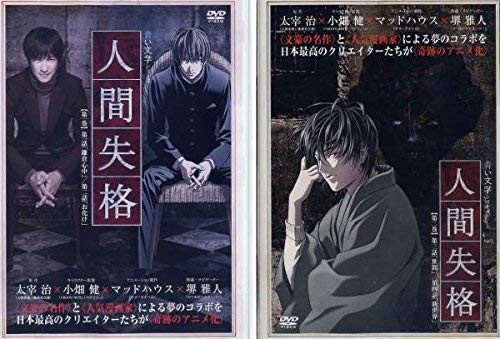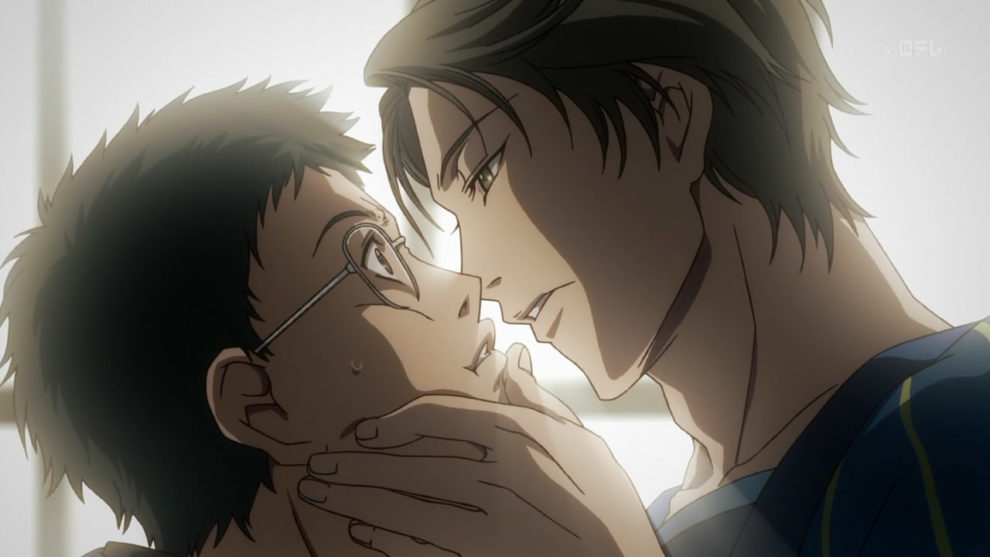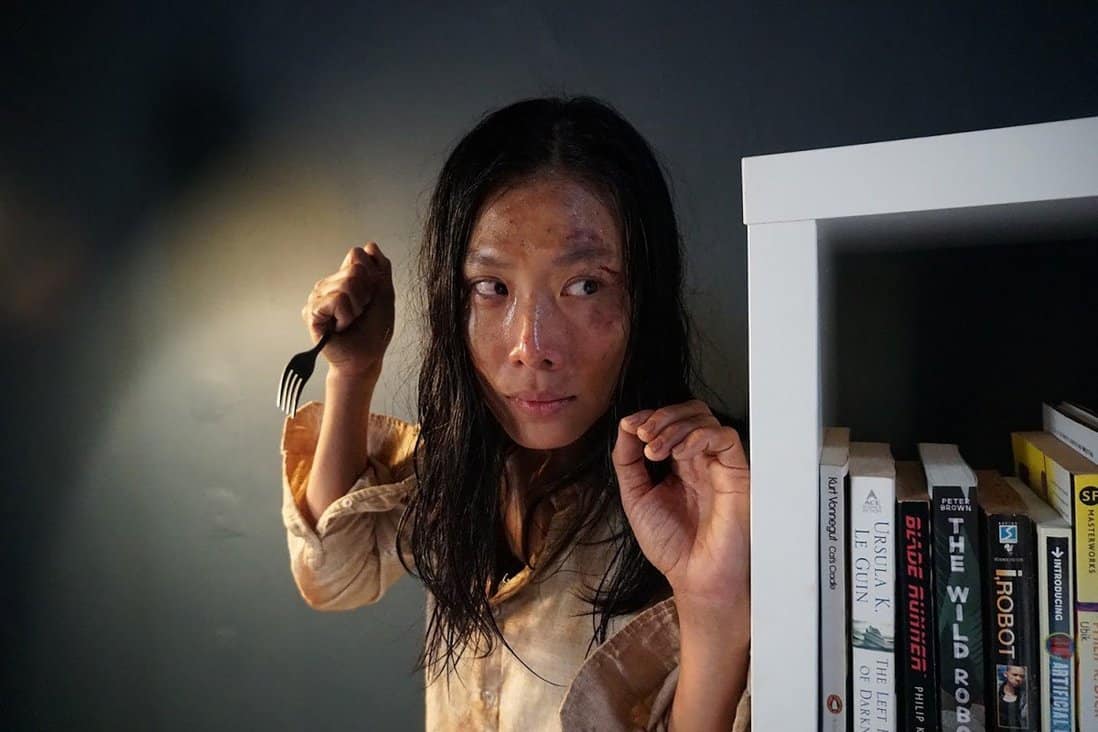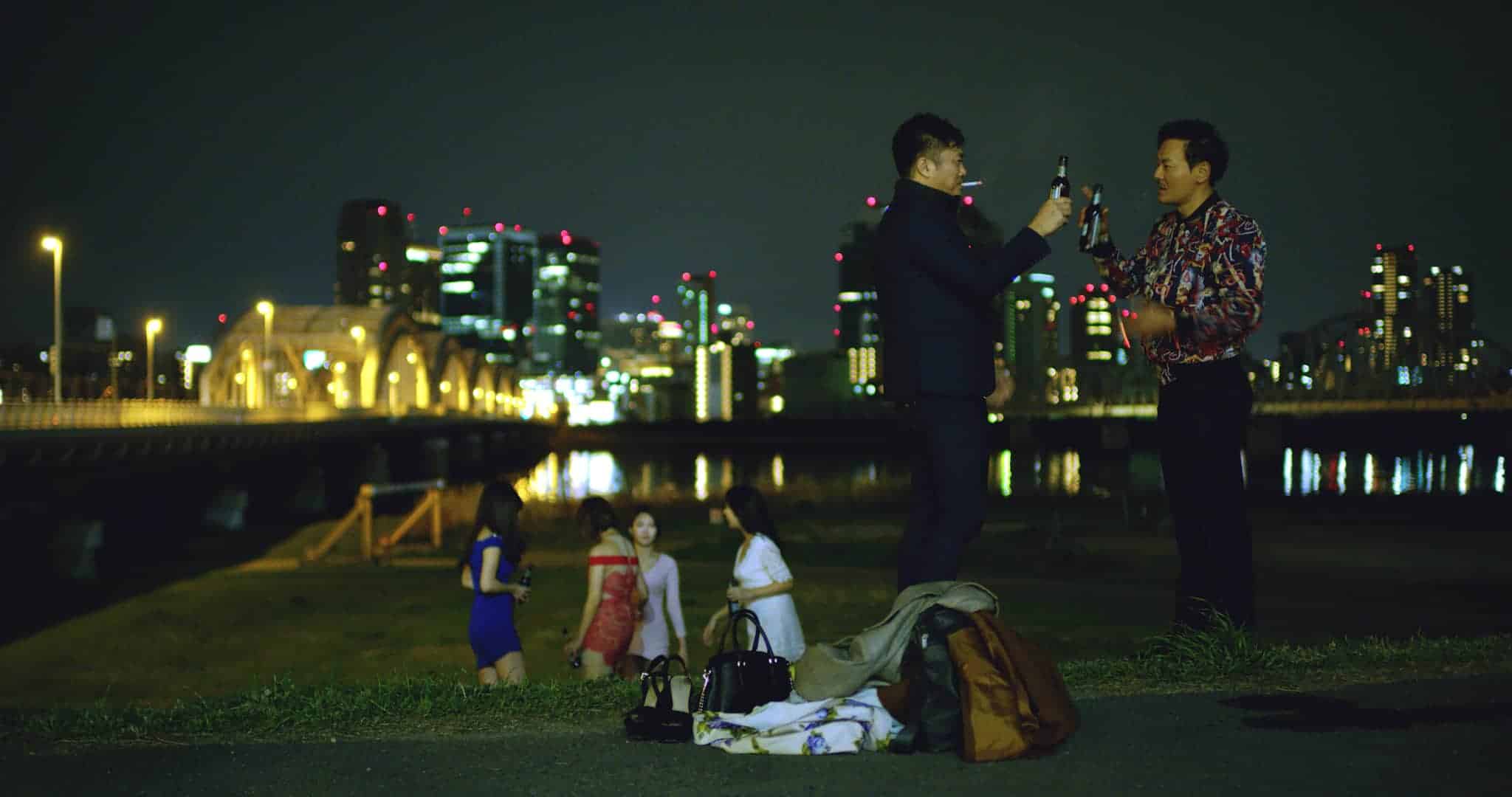One of the lesser-known anime masterpieces, “Blue Literature” is an adaptation of six modern classics of Japanese literature.
Buy This Title

The first one is “No Longer Human” (Ningen Shikkaku) by Osamu Dazai. It tells the sad story of a lost and alienated high school student, who eventually embarks on a trip entailing self abuse, drugs, and adultery, instigated by his inability to understand those around him. The title is semi-autobiographical as were most of the works of the Japanese master.
The second one is “In the Forest, Under Cherries in Full Bloom” (Sakura no Mori no Mankai no Shita) by Sakaguchi Ango. It is a perverted love story, taking place in the 12th century, between a mountain bandit and a woman he kidnaps. The woman manages to seduce the bandit to the point that murders the rest of his wives to leave with her in the city, where his unsophisticated ways make him an outcast. Murder though, seems to have become a part of his life, in this very violent title.
Check also this article
The third one is “Kokoro” by Natsume Soseki, is a story revolving around a man who lives with a widow and her daughter. Eventually, he invites his childhood friend K, who is now a monk, to live with them, an act that eventually leads to an onerous love triangle. This story is told from two points of view, the man's and K's.
The fourth one is “Run, Melos!” (Hashire, Melos!), again by Dazai, which is based on the ancient Greek myth of Damon and Fidias. This time, a playwright writes a play based on the classic story about unwavering friendship as he is tortured by guilt resulting from his betrayal of a friend
The fifth one is “The Spider's Thread” (Kumo no Ito) by Ryonosuke Akutagawa. It tells the story of Kandata, a cruel criminal who ends up in hell after his execution. However, Kandata's sole good deed in life, not killing a spider he met in the city, gives him a chance to escape his fate.
The sixth one is “Hell Screen” (Jigoku Hen), again by Akutagawa. The story revolves around Yoshihide, who is considered the greatest painter in the country, whose latest commission from the king, results in a macabre tragedy.
Obviously, the script of each story is masterful, since we are talking about some of the most renowned works of Japanese literature, despite the fact that the anime took some liberties and refrained a bit from the originals. The episodes are magnificently drawn, with a clear inclination towards realism, particularly in the characters' design. The overall atmosphere follows the sad, tragic, dark and violent nature each of the story incorporates.
Since each story is set in a different chronological period, the drawing differs from title to title, in order to depict accurately the different circumstances. However, there is one recurring theme and that is self-destruction, with the technical aspect of the anime portraying the notion elaborately.
Lastly, before each episode, a real-life narrator appears, who actually intensifies the atmosphere each title aimed to present, while he eloquently makes introductions to each episode, explaining the background the stories.
“Blue Literature” is a unique anime, both in terms of aesthetics and context, while it is also a great introduction to the works of some of the most renowned Japanese authors.
















i tried to watch this, it was just boring man:/
Wellif you enjoy action or comedy you will definitely not enjoy this. It is much too serious and kind of art-house
i like the seriousness, but it was too slow:/
I’ve not watched this yet – but it does interest me. i’ll see if i can get hold of it.